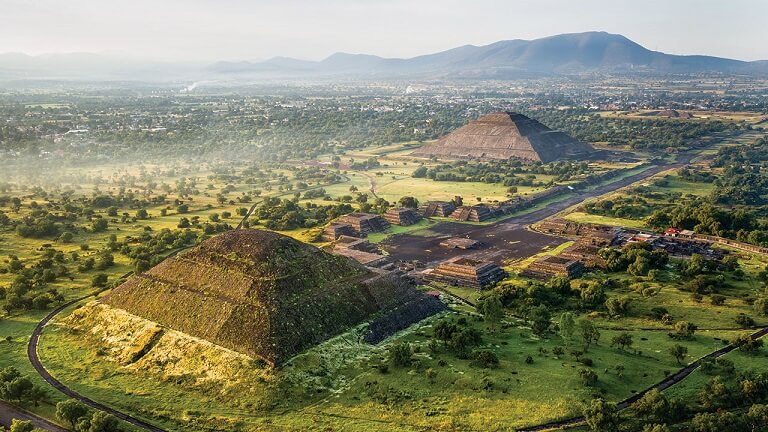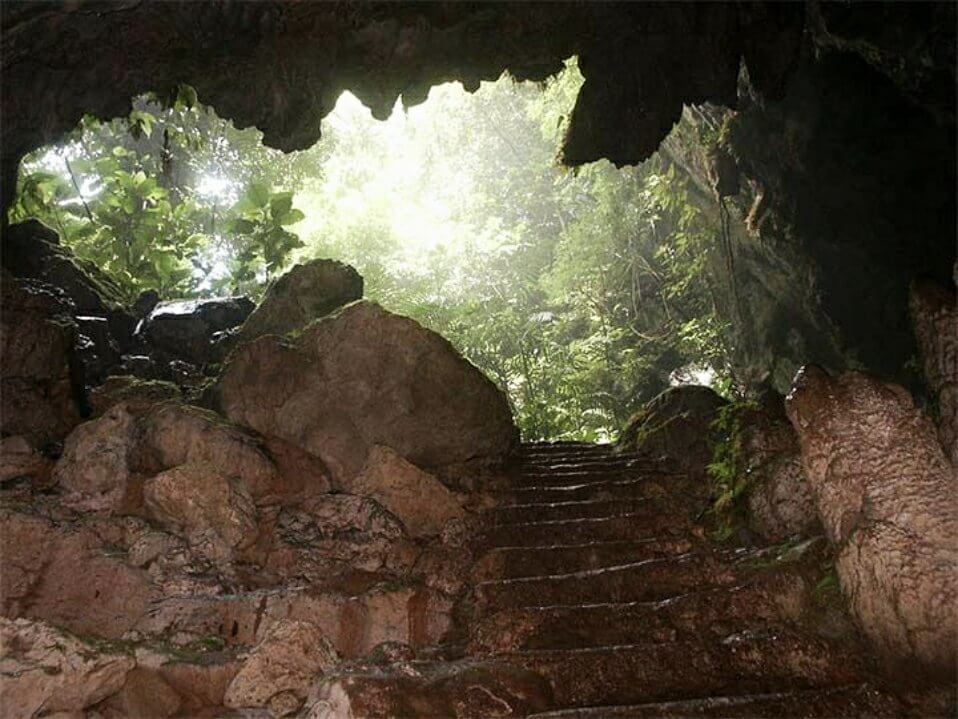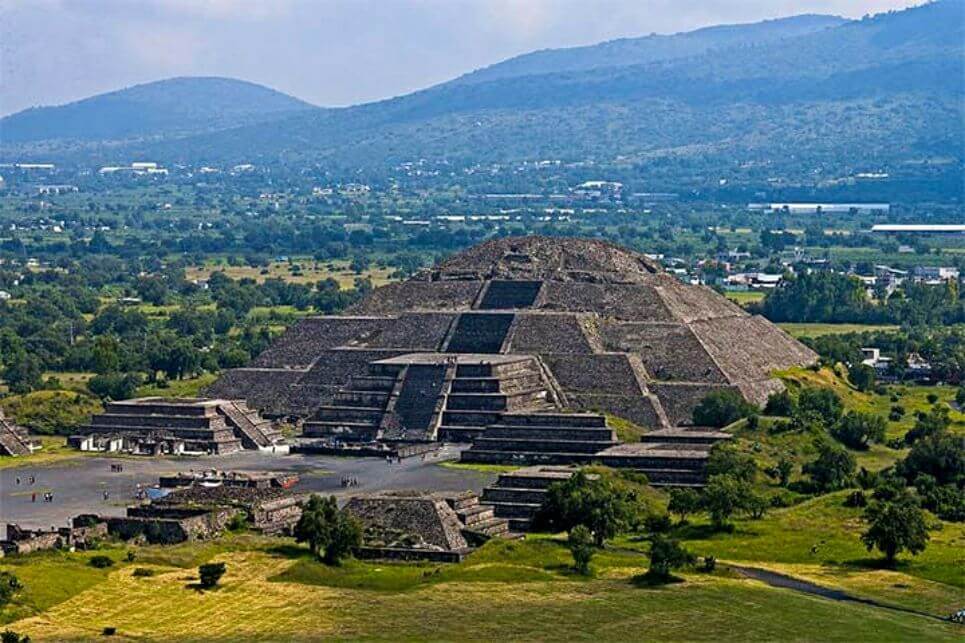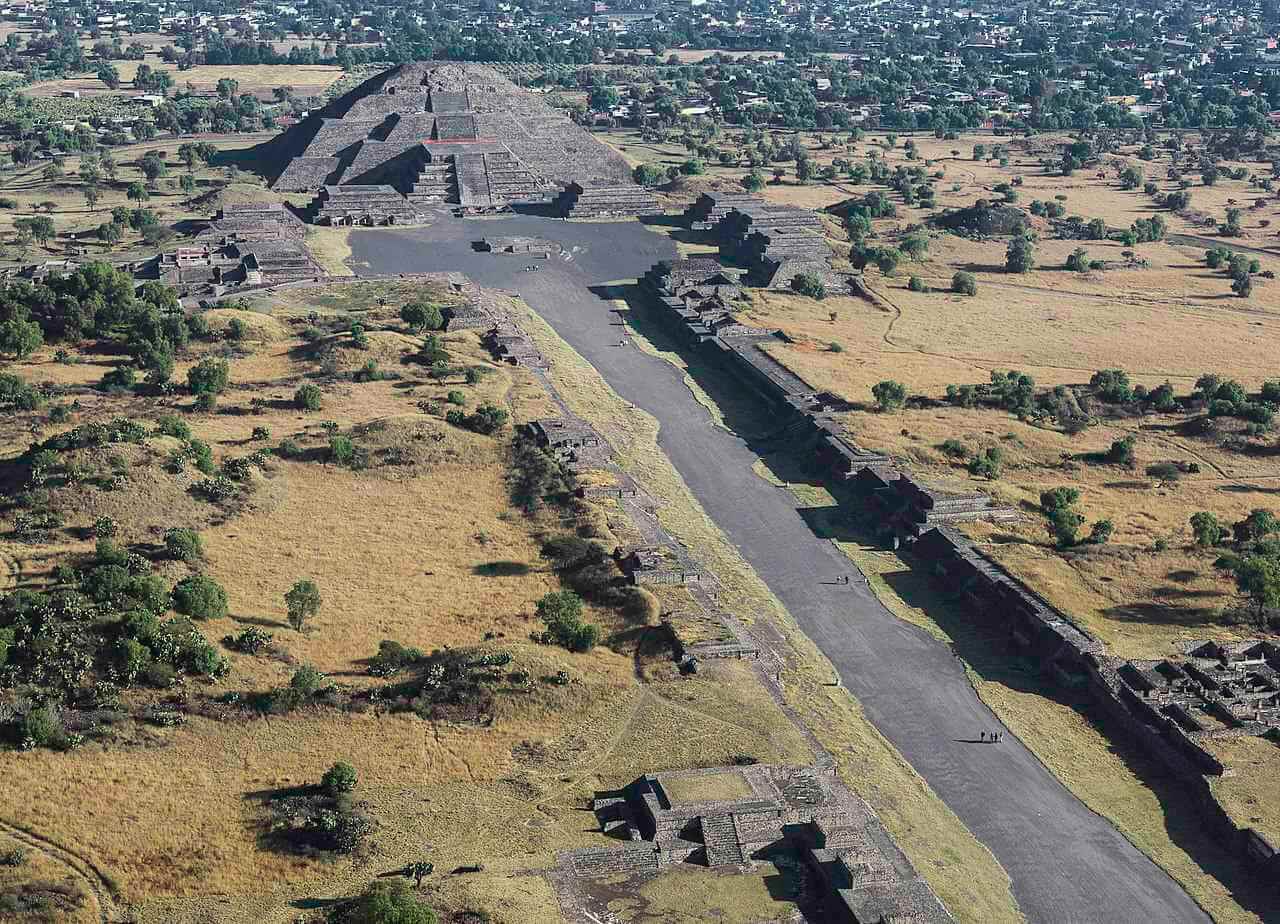
The ‘Passage To The Underworld’ Discovered Beneath The Pyramid of The Moon In Teotihuacán
Teotihuacán’s underground world: Mexican researchers traced a cave buried 10 meters beneath the Pyramid of the Moon.
By: N. Hale | Ancient Mysteries
They also discovered access passages to that cave, and they determined that the pyramid was erected on top of it, making it Teotihuacán’s earliest building.
According to the newest research, the three pyramids all contain a network of tunnels and caves beneath them that depict the underworld.
Archaeologists from Mexico’s National Institute of Anthropology and History (INAH) and geologists from UNAM’s Institute of Geophysics conducted the research (National Autonomous University of Mexico).
“The latest analysis backs up what was discovered in 2017 and 2018.”
The Hidden River of Mercury At Teotihuacan: Path To The Royal Tombs?
Cave & Tunnels under the Pyramid of the Moon

Teotihuacán was created by an unknown culture in the Valley of Mexico. For many years, it was a significant city with a convoluted past. So much of its history has yet to be uncovered.
During ancient times, it was one of the biggest in the Americas. It was home to at least 125,000 people at the time.
Teotihuacán’s three major pyramids were temples used for pre-Columbian deity rituals. The Pyramid of the Sun is the tallest, standing at 65 metres, while the Pyramid of the Moon is the second tallest, standing at 43 metres. Between AD 100 and AD 450, this second pyramid is considered to have been erected on top of seven levels of buildings.
The hole discovered beneath the Pyramid of the Moon measures 15 metres in diameter and 8 metres deep. However, there is a good chance that there are additional tunnels.
Non-invasive geophysics (ANT and ERT) techniques were used in the investigation, and they were successful in detecting the vacuum of the subterranean hollow.

Geophysicists identified this cave in 2017, through an Electrical Resistivity Tomography (ERT).
Previous studies also revealed the presence of other man-made tunnels under the Pyramid of the Moon, as well as passageways and caves under the Pyramid of the Sun and the Pyramid of the Feathered Serpent.
This cave was used as the nucleus for all of Teotihuacán
For the last 30 years, it has been assumed that this “Moon Cave” is natural, and that pre-Columbian builders must have used this underground world to lay the foundation, trace, and create the complete metropolis of Teotihuacán. The cave served as a starting point.

Building 1, the first base section of the Pyramid of the Moon and “the oldest known Teotihuacán structure,” is another feature that alludes to this urban concept. It was constructed between 100 and 50 BC, preceding all other structures in the city.
That initial stage of building began at the front of the pyramid and grew until it became the current structure and encompassed the whole underground cave. Furthermore, the Pyramid of the Moon is situated in the heart of Teotihuacán, at the end of the wide Avenue of the Dead (Calzada de los Muertos), which serves as the city’s backbone… We emphasise its significance there.

The significance of Teotihuacán’s three pyramids is unknown, but this recent discovery of a cave beneath the Pyramid of the Moon completes the trio of underground tunnels in the three structures. As a result, it is thought that the building culture wished to mimic the legendary underworld under the Earth and glorify the world of the dead.
* * *
NEXT UP!
Gobekli Tepe: The World’s First Temple?
Six miles from Urfa, an ancient city in southeastern Turkey, Klaus Schmidt has made one of the most startling archaeological discoveries of our time: massive carved stones about 11,000 years old, crafted and arranged by prehistoric people who had not yet developed metal tools or even pottery. The megaliths predate Stonehenge by some 6,000 years.
The place is called Gobekli Tepe, and Schmidt, a German archaeologist who has been working here more than a decade, is convinced it’s the site of the world’s oldest temple.
* * *
READ MORE: This Ancient Maya City Was Hidden In The Jungle For More Than 1,000 Years
More on Archaeology: Guanches: Ancient Mummies of The Canary Islands (Video)
Liked it? Take a second to support Collective Spark.
We’d love to hear from you! If you have a comment about this article or if you have a tip for a future Collective Spark Story please let us know below in the comment section.
